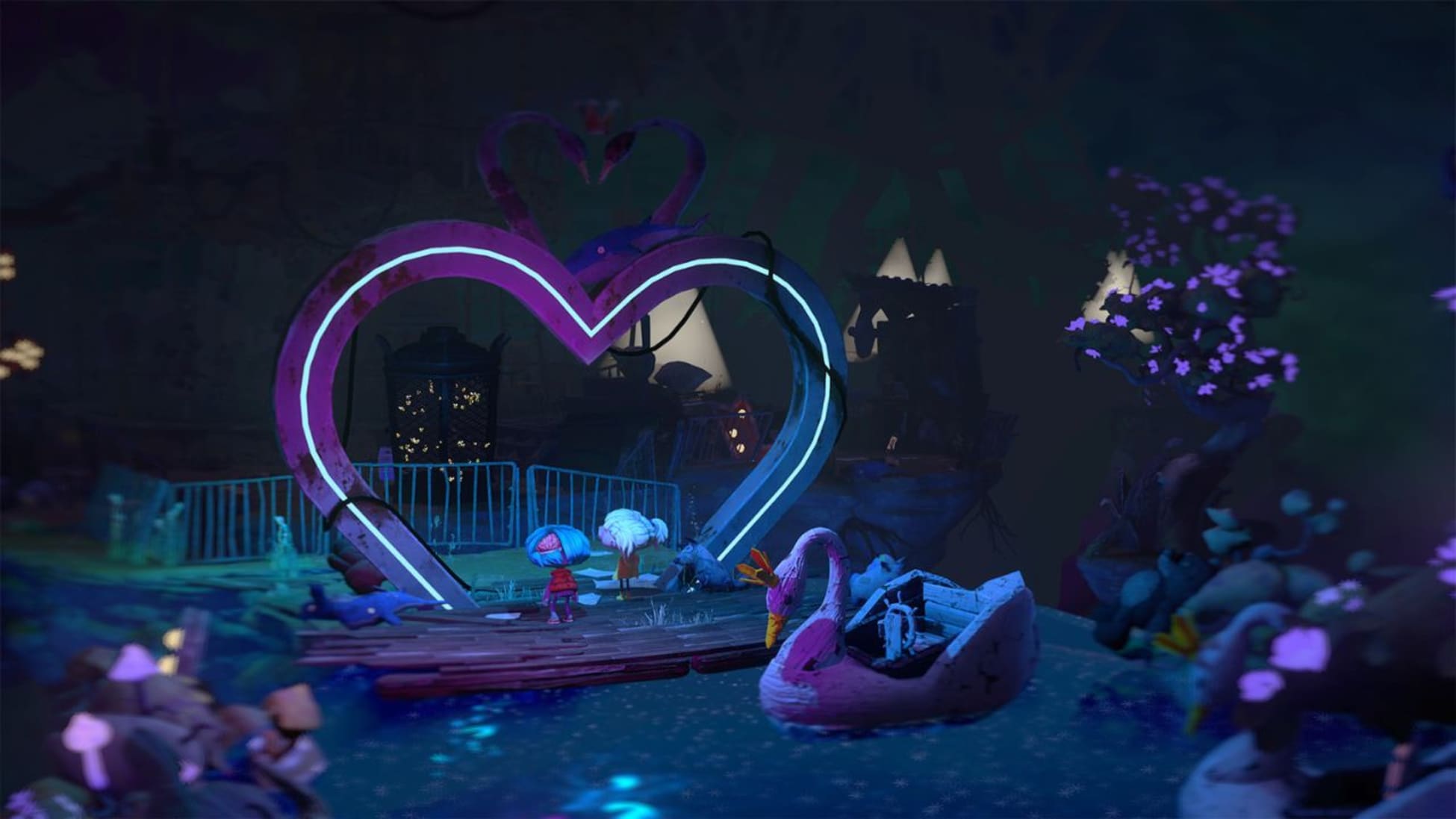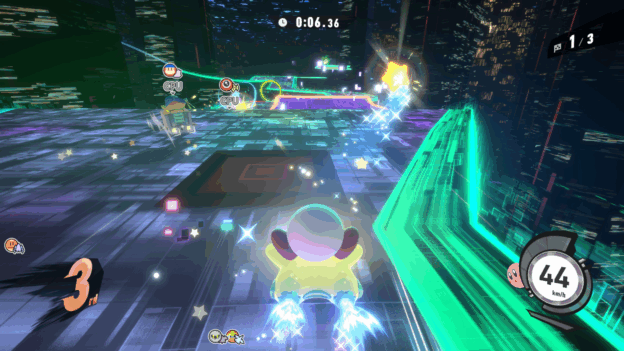Blasphemous 2 Review – Review

Thank the miracle for this Blasphemous collectathon.
Blasphemous 2 is a Metroidvania follow up to 2019’s ghoulish stand out hit by developers, The Game Kitchen. In it you are once again the Penitent One working to uncover the nature of this so-called miracle and the world that worships it. The macabre art style returns, as do the Dark Souls inspired mechanics, but with the sequel they’ve made significant advancements to movement and combat, though sometimes these updates act as an overcorrection.
The Penitent One returns, silent as ever, to fight against the reawakening of The Miracle, and the birth of a second miracle child. This event is ominously depicted as a giant realistic heart floating above a holy city. For those lore junkies, this is a direct follow up to the Blasphemous 1 Eventide DLC that gave the game its true ending. Based once again on the gothic Roman Catholic iconography, this follow up firmly establishes the Blasphemous identity with a deeper richer world.
Blasphemous 2 is based in an entirely new world of Cvstodia with a sprawling map and new biomes to explore. It seems like The Game Kitchen has upped the sheer number of environments while also increasing the endorphin-inducing discoverability throughout. Despite some poor signposting, traversing the space almost never feels stale and I rarely felt stuck. One dead end merely meant that I should check one of the many other paths available to me. To help with the expedition are the new weapon features that are present at the start.

Starting out, you are given the choice of the three new weapons: A heavy hitting mace, a slashing boardsword, and a quick hitting rapier/dagger combo. Choosing one doesn’t necessarily lock you out of the others for too long,because the others are scattered throughout the map for you to find. While they have their own combat mechanics, they also aid in the metroidvania aspect. The mace can be used to hit bells causing vibration that creates platforms, the sword can downward slam through wood barriers and the rapier can cut through chains that block platforms and teleport in mirrors. So whatever weapon you choose, that’s going to lead to a different starting path available to you, with the eventual unlocking of the rest.
Similarly, each weapon varies the combat to fit different playstyles. The mace hits slow and hard but can also be lit on fire for increased damage at the cost of mana, but it cannot parry. The sword can parry and also has an increased damage mechanic, but based on a separate meter that fills on dealing damage. The rapier dagger can also parry but its main focus is on dash attacks and movement. Once you have all three, you can swap on the fly for combat but also in platforming puzzles. Swapping, while fluid in combos, it’s a little confusing mechanically as you do have multiple meters and gauges to monitor in order to maximize your damage. This resulted in me rarely using the abilities outside some key moments or picking a favorite weapon and sticking to it.

The customization has really been improved as well with dozens of new aspects to combat. The weapons have their own individual skill trees with new abilities, rosary beads provide minor buffs, and a new altar of favors. This is a set of wooden statues you can equip to your altar that provide buffs to damage and defense, but when used in combination can unlock even bigger bonuses. There are also spells that can be unlocked that cost mana to use, but can be clutch at long ranges. The Penitent One has also received an upgrade because he isn’t the lumbering brute he once was. Now movement is fast and fluid but comes at the cost of his slide dodge. You are way more nimble, but his slide dodge has lost some of the invincibility frames it once had. You can still slide but it’s not a guarantee you’ll make it out unscathed. While I found the agility a bigger improvement over the missing usefulness of the dodge, I still mourn that Souls-like perfect dodge.
What kept the map so enticing was a constant state of discoverability. There is an incredible amount of collectibles and quest items that at times felt daunting. Fervent Kisses, Silent Sisters, Vigils of Deathbed Daughters, Carver Tools, Rosary Knots are only a few of the many many quest items and upgradables found throughout the map. Once collected and presented to the proper NPC, these would reward more powerful flasks, rosary beads and or altar pieces. The hard part was finding what item went to which NPC, and at later stages, you have roughly 15 NPCs in different spots on the map to cycle through. I ended up waiting until I had a bunch of new items before making a trek around the area to all the NPCs and see what bounties I could get. I loved finding new and hidden areas and was always rewarded but in the end, dreaded the trek back to collect my hard earned loot.

Another big change to Blasphemous 2 was the difficulty. What was originally difficult in its extremely brutal combat and platforming challenges, has been changed out for a more forgiving environment and bosses with much smaller health pools. I remember bashing my head against some extremely tough bosses in the first game, while now I was knocking out bosses after 2 or 3 tries. The real challenge comes in the form of occasional repeated enemy arenas where they will lock the doors of a room, and then fill it with enemy waves before you can proceed. The enemy sequences mixed with the claustrophobic nature of the room made for some unfair stun locking and infuriating scenarios. I personally had to take a break, as I felt my rage levels capping out with a few of them. These caused more deaths in total than the bosses ever did, and that felt strange. These combat arenas also emphasized the smaller enemy variation than the previous game, opting for mere palette swaps instead of wholly new enemies. The boss battles remain the stand out as far as design. Each one is a beautifully gory pixel art spectacle in their own right.
Despite the numerous additions and subtractions, I found myself addicted to Blasphemous 2. I was constantly scouring the map for new paths or hidden items and enjoying the smooth new movement. The gripes don’t take away from what a vast improvement Blasphemous 2 is from its predecessor. It’s slightly less punishing while polishing up a lot of the rough edges. Right when I started to feel the fatigue is when the game ended. The customization is substantial and the story brings even more rich lore to this world. I thoroughly enjoyed my visit to Cvstodia and plan on going back to 100% it, after I’ve had a bit of a break. Thank the miracle, this game rules.




